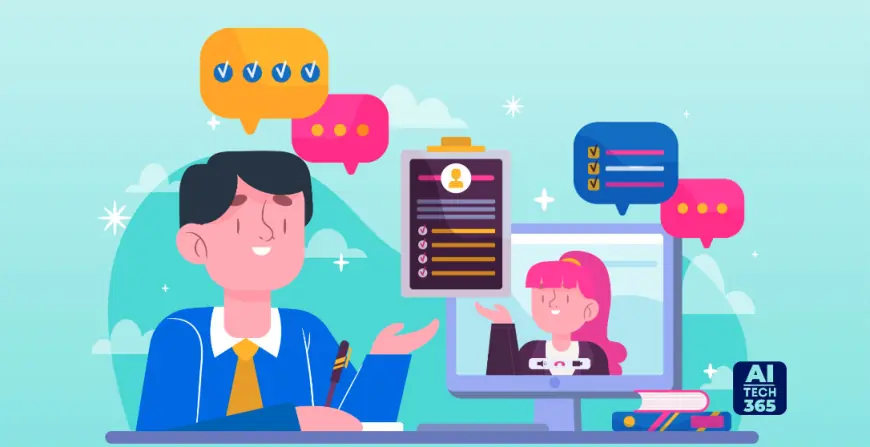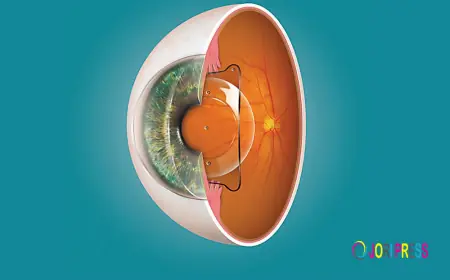Speech-to-Text: 4 Beginner Tips for Choosing the Best

A decade ago, the idea of software automatically converting spoken words into written text sounded futuristic. Today, speech-to-text technology is an everyday reality, powering applications across industries. Let’s dive into what it is, how it works, its benefits, limitations, and how to choose the best solution for your needs.
What is Speech-to-Text?
Speech-to-text, also known as speech recognition or voice recognition, is a technology that converts spoken language into written text using advanced algorithms and machine learning models. These tools enable real-time transcription, making it possible to interact with digital content through voice commands.
How Does Speech-to-Text Work?
The process of transforming speech into text involves several sophisticated steps:
-
Audio Capture: When someone speaks, sound waves create vibrations that are recorded and converted into a digital signal using an analog-to-digital converter.
-
Signal Processing: The system filters and analyzes these signals, breaking them into small segments and matching them to phonemes—the smallest sound units in a language (English has around 40 phonemes).
-
Pattern Matching: Machine learning models compare these phonemes against a vast database of words and sentences to predict the most accurate interpretation.
-
Text Generation: Finally, the recognized words appear as text or as an actionable command.
Types of Speech-to-Text Technology
There are two main categories:
-
Speaker-dependent: Used for personal dictation and requires voice training.
-
Speaker-independent: Commonly used in automated phone systems and virtual assistants.
Most modern devices—smartphones, tablets, and computers—come with built-in dictation features. Popular solutions include Amazon Transcribe, which offers high accuracy and scalability.
Also Read: A Beginner’s Guide to NLP Use Cases in Healthcare Sector
Key Benefits of Speech-to-Text Technology
-
Time-saving: Get instant, accurate transcripts without manual typing.
-
Cost-effective: Cheaper than hiring human transcription services; some tools are free.
-
Enhanced content creation: Easily generate subtitles or transcripts for audio and video.
-
Better user experience: Improves accessibility for users through natural language processing (NLP).
Limitations of Speech-to-Text
Despite its advantages, this technology isn’t flawless:
-
Accuracy issues: Background noise, accents, and unclear speech can lead to errors.
-
Lack of context: Transcripts often require manual editing for clarity and tone.
-
Hardware quality: High-quality microphones and noise-free environments are essential.
How to Choose the Best Speech-to-Text Software
Consider these factors when selecting the right tool:
-
Ease of use: No extra installations; just an internet connection.
-
Accuracy: Prioritize tools known for reliable transcription.
-
Language support: Look for multi-language compatibility.
-
App integration: Ensure compatibility with your existing platforms.
Final Thoughts
Speech-to-text technology is transforming how we interact with digital systems by making content creation faster, improving accessibility, and boosting productivity. As AI-driven voice recognition evolves, expect even greater accuracy, real-time processing, and seamless integration into business and personal applications.
Also Read: A Beginner’s Guide to Understanding the Power of AI in Natural Language Processing Software
What's Your Reaction?
 Like
0
Like
0
 Dislike
0
Dislike
0
 Love
0
Love
0
 Funny
0
Funny
0
 Angry
0
Angry
0
 Sad
0
Sad
0
 Wow
0
Wow
0



















































